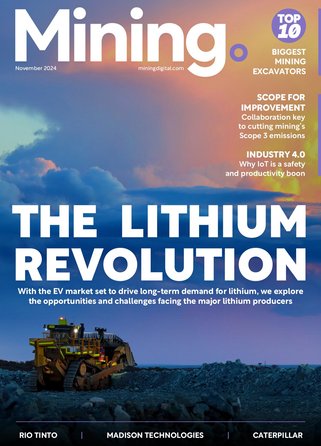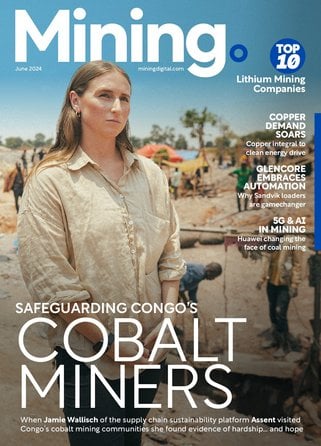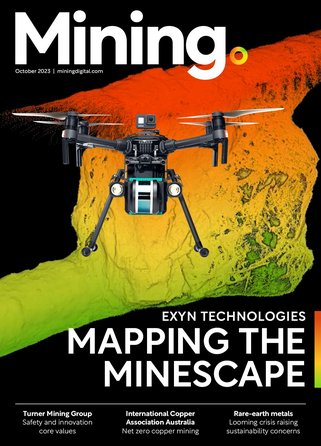Report: Is Canada's mining industry facing a labor shortage?

A new report by the Mining Industry Human Resource Council (MiHR) sheds light on Canada’s mining labor market, revealing the labor gap is much tighter than other sectors in the country.
For every job vacancy in mining, there were less than three potential job seekers across Canada, compared with the average of six job seekers for every vacancy in other industries.
• Related content:TOP 10: Highest Paying Jobs in the Mining Industry
“A tight labor market puts upward pressure on wages and salaries, as employers compete for a limited supply of skilled workers. Earnings in the mining sector have increased nearly 40 percent in the last decade – significantly more than the average for all sectors in Canada,” said Ryan Montpellier, executive director of the Mining Industry Human Resource Council.
“Layered on to this is mining’s volatile business cycle and the challenges of recruiting people to rural or remote mining operations. If unresolved, this labor market tightness has the potential to undermine the competitiveness of Canada’s mining sector when the cycle does rebound.”
Canada rsquo;s mining industry will need to hire between 86,000 and 127,000 new workers over the next ten years. The report indicates two major factors in the labor shortage—retirees and commuting.
Approximately 33 percent of the mining labor force in Canada is younger than 35 years old, compared with 22 percent a decade ago. More than 40 percent of the industry is over 45 years old and a number would be leaving the sector in the next decade.
In addition, the report found that mining employers are three times more likely to use commuting workers. As new mines are built in remote areas that do not have the population density to support the necessary workforce, commuting workers will only become more common.
“This is a mining specific challenge that employers have made significant efforts to address by building a local workforce through the attraction of Aboriginal peoples, however, MiHR research shows that this effort is constrained for a variety of reasons including that up to one in four Aboriginal people of working age do not actually participate in the labor force,” said Pierre Gratton, president and CEO of the Mining Association of Canada.
“MiHR’s research demonstrates the immediate need for governments, educators and employers to work together to address the major human resource challenges facing Canada’s mining industry.”
The report also highlighted the need for the mining industry’s outdated perception to change.
"Very few people grow up and say, 'When I'm older I want to be a miner.' We need to change that," Montpellier said. "We need to promote what the modern mining industry has to offer."
Turning to women
One likely source for new talent could be adding more women into the mining industry.
Earlier this month, Canada’s Minister of Labor and Minister of Status of Women announced support for a new project to help women advance within the country’s mining sector.
• Related content: Women in Mining and the Organizations Empowering Them
"The Canadian mining industry faces a number of human resources challenges, now and in the years to come. To meet these challenges, we need to attract and retain the right talent, including women,” said Montpellier.
“This new funding from the government of Canada will allow us to determine what prevents women from advancing in mining and will help us develop the tools the industry needs to address these obstacles.”
The new project will see MiHR develop a number of tools and resources, including gender-based training, equitable hiring procedures and inclusion policies, for companies.
The council's Canadian Mining Industry 2015 Employment, Hiring Requirements and Available Talent 10-year Outlook report is available here.



